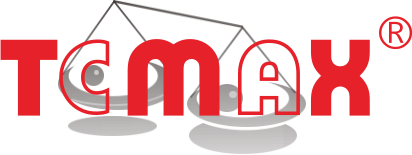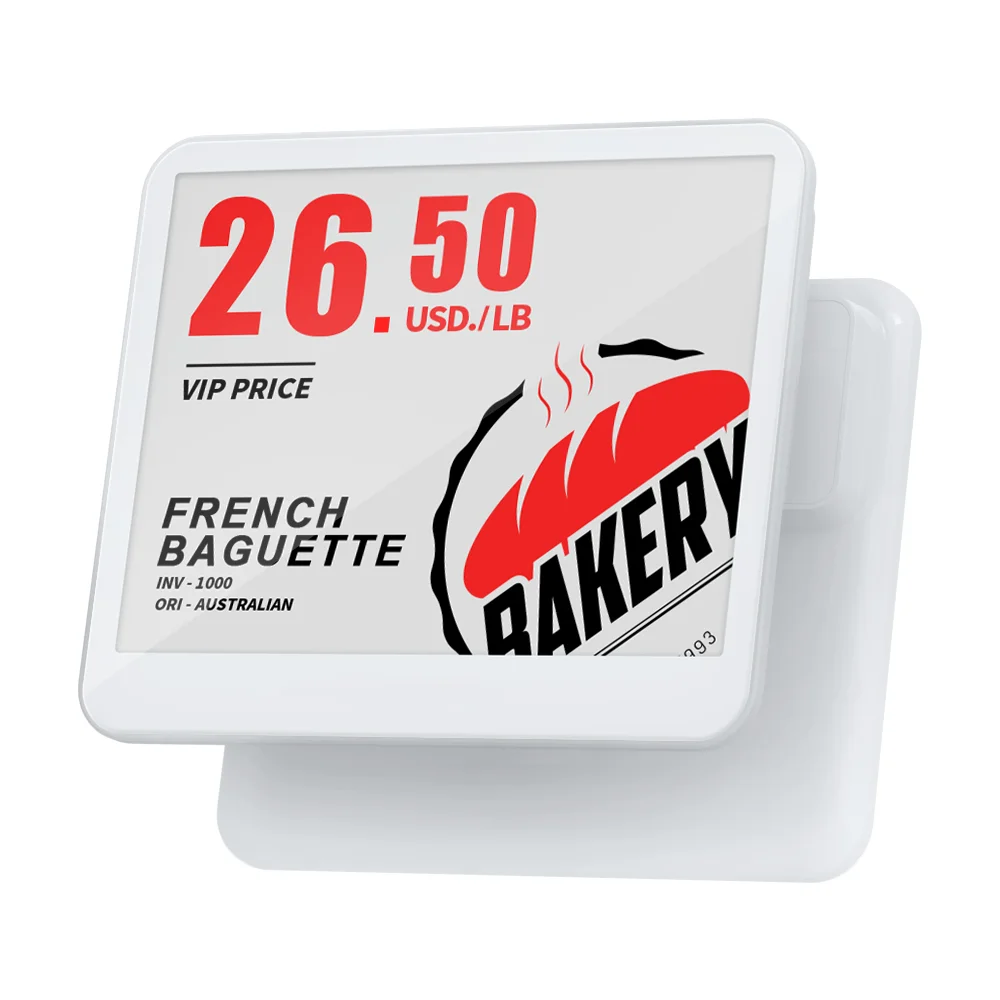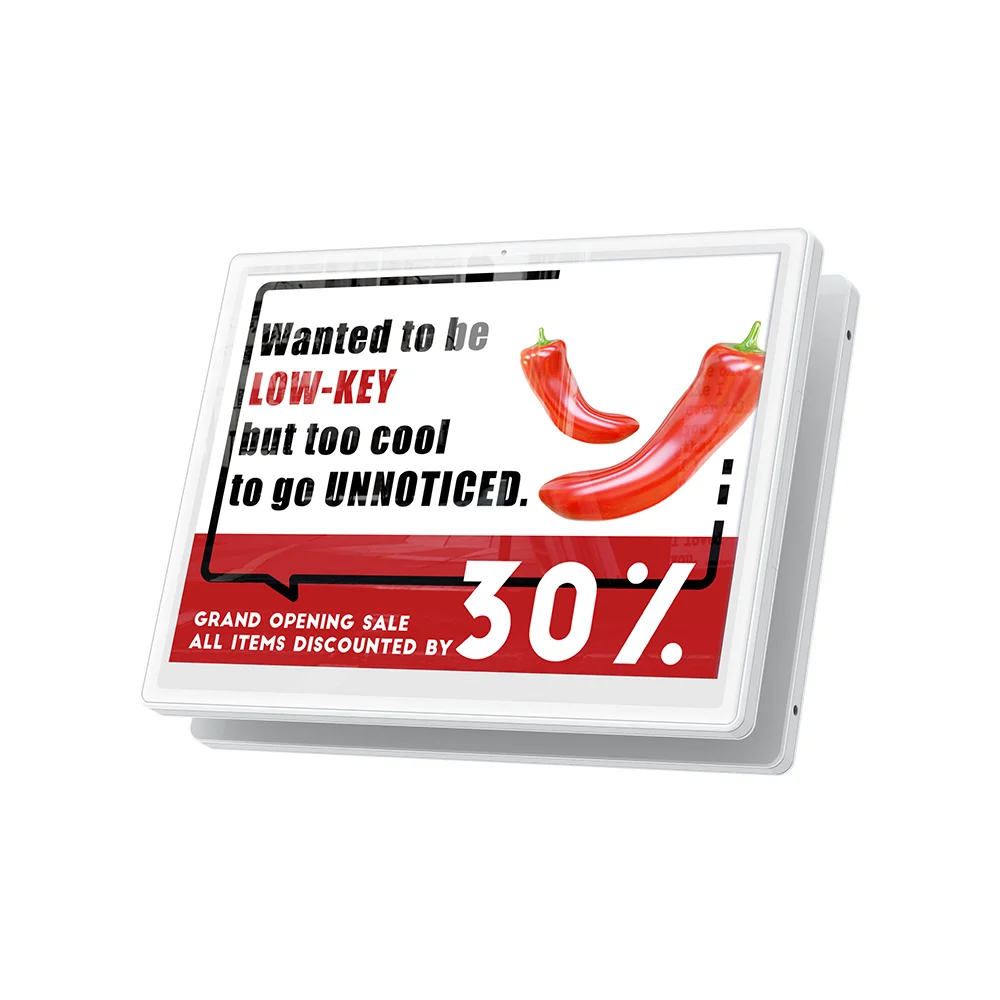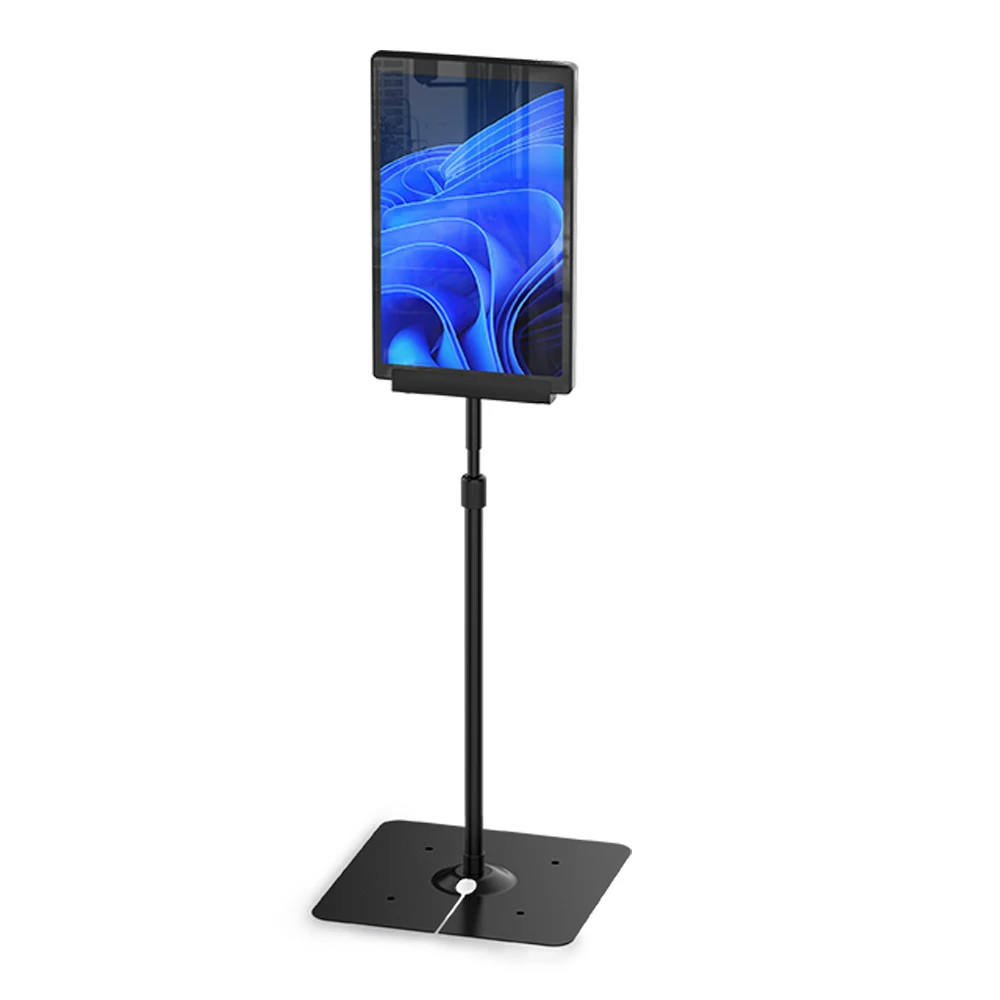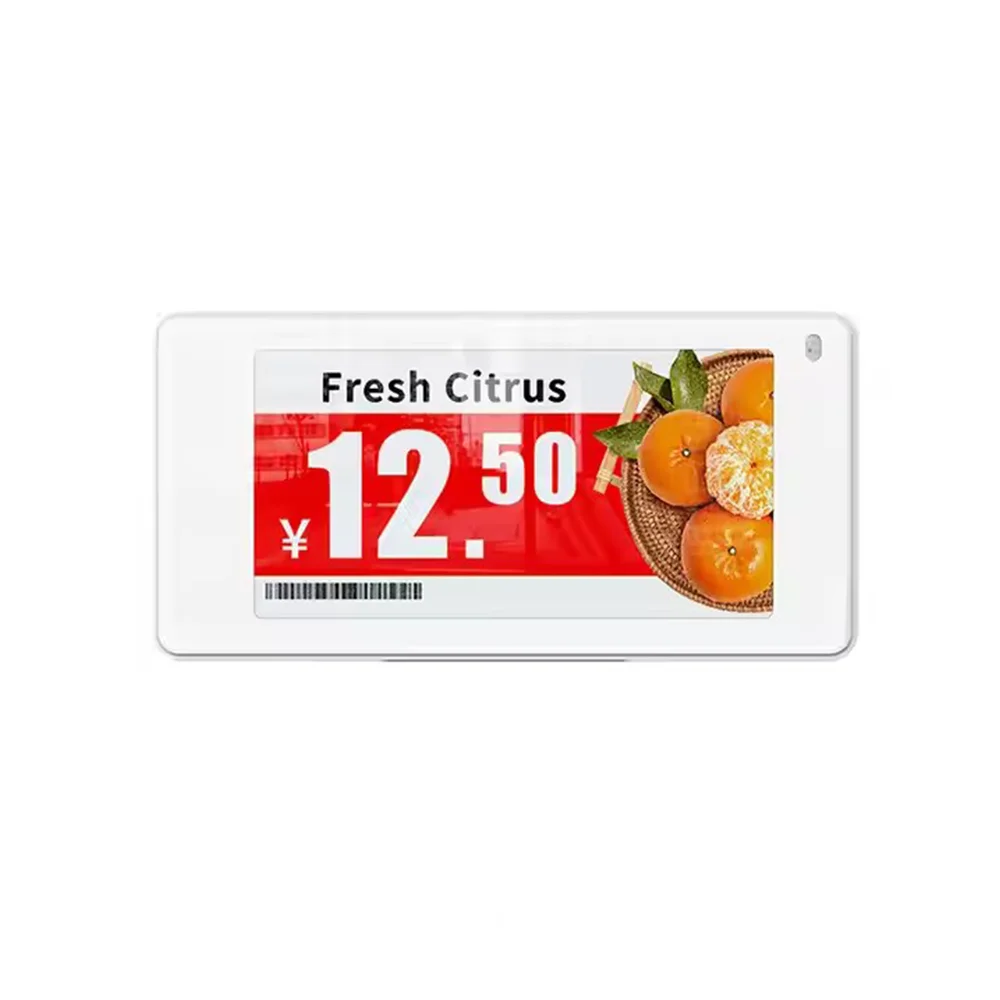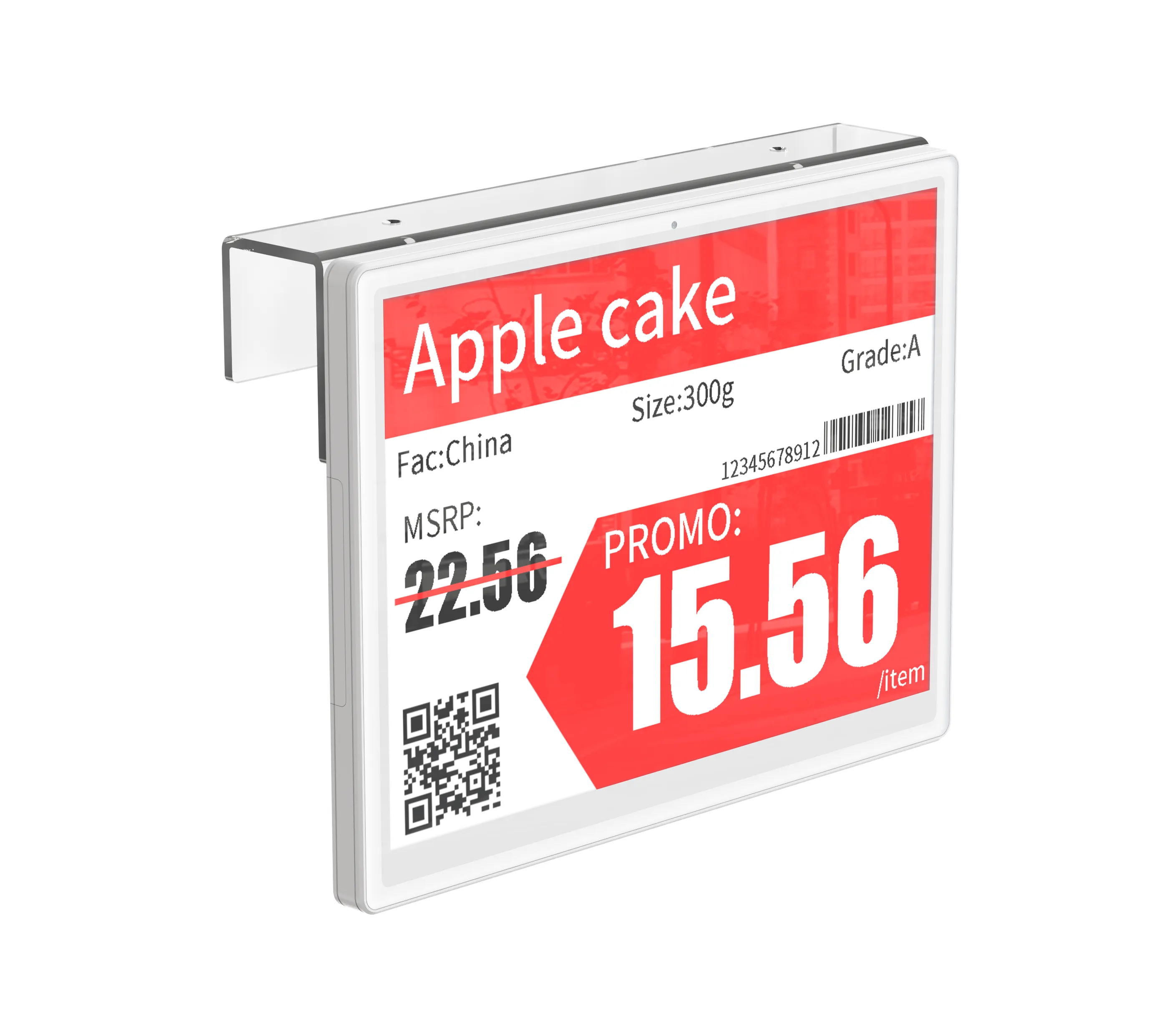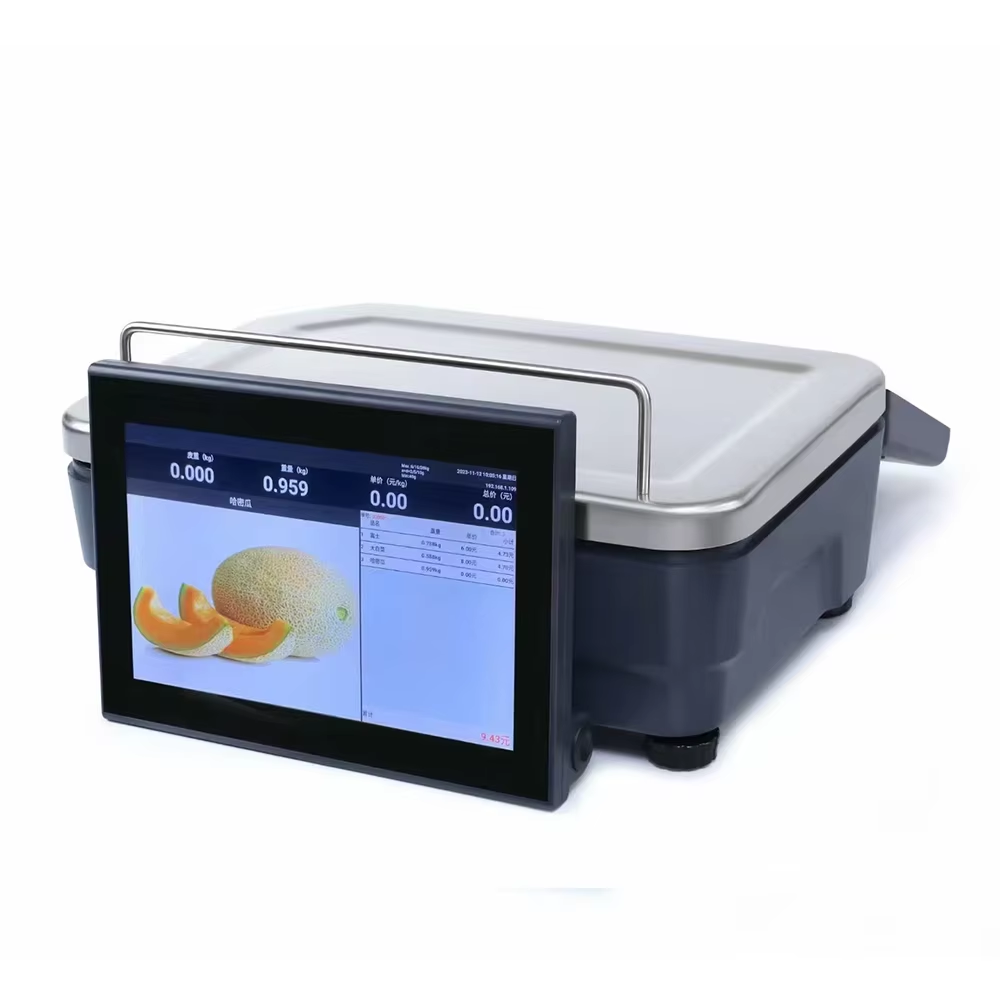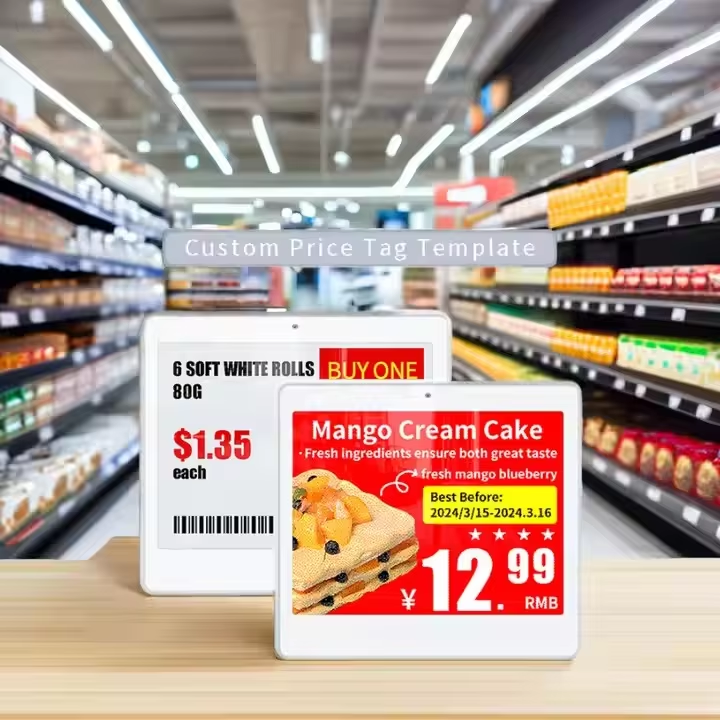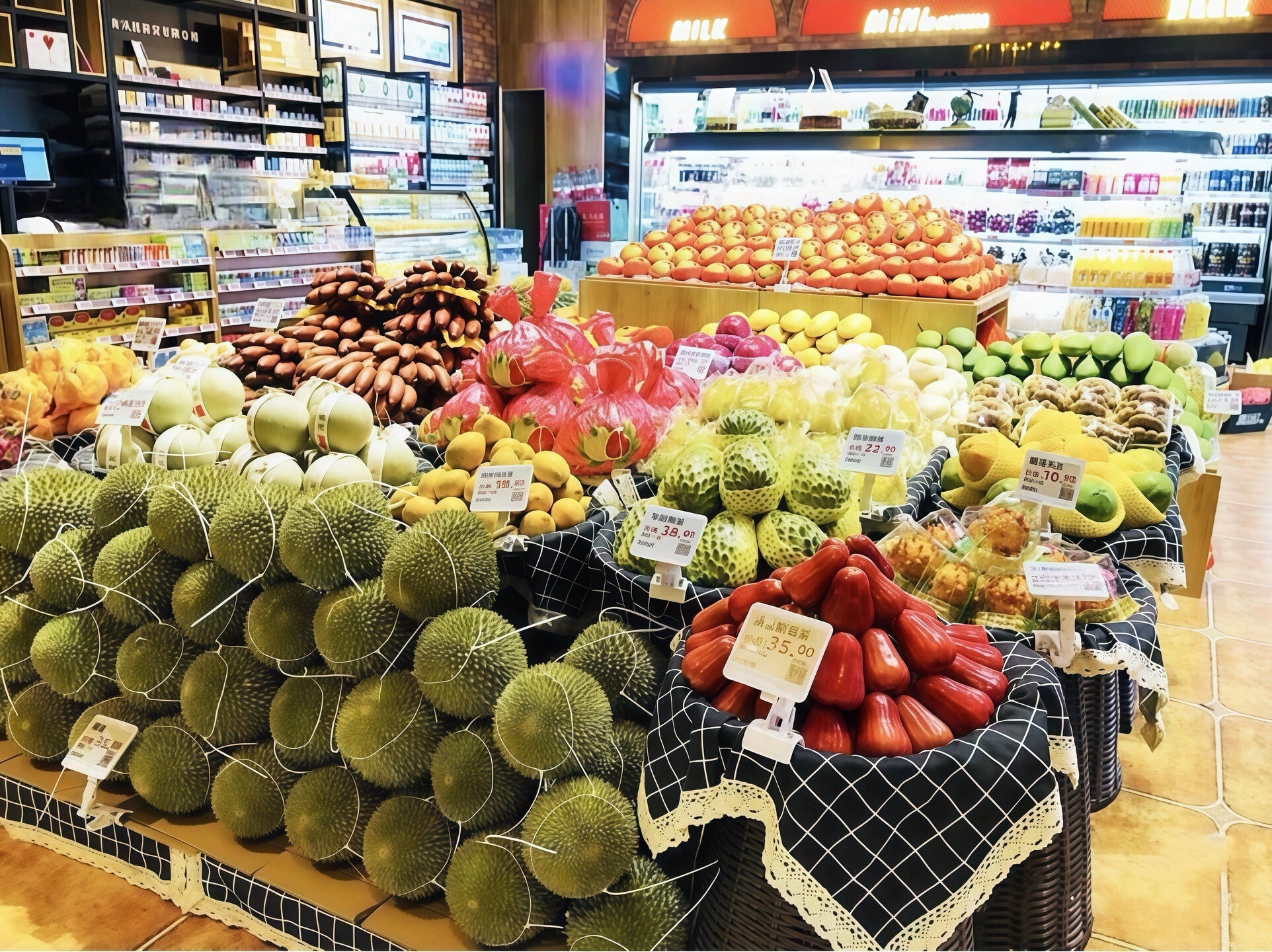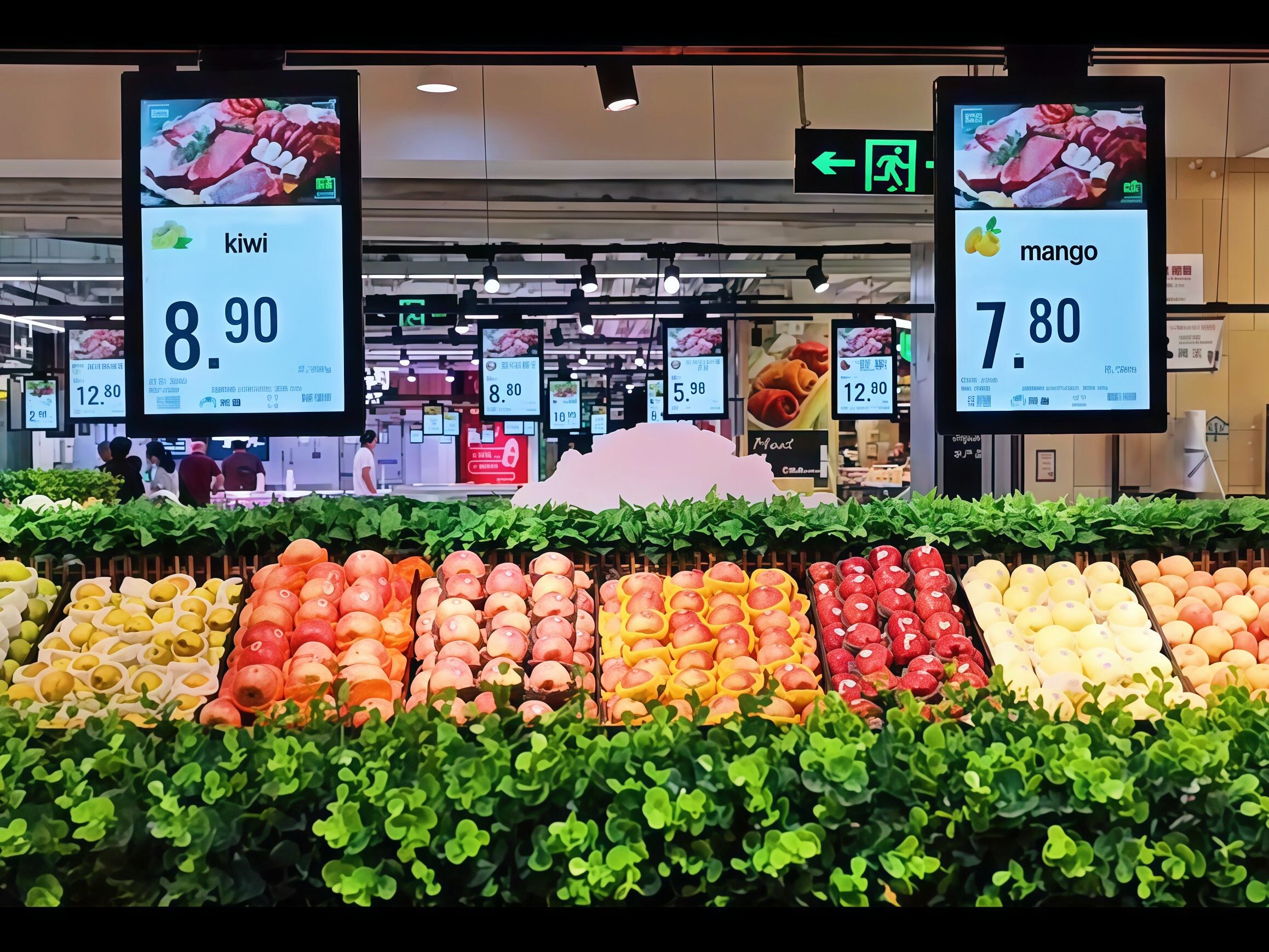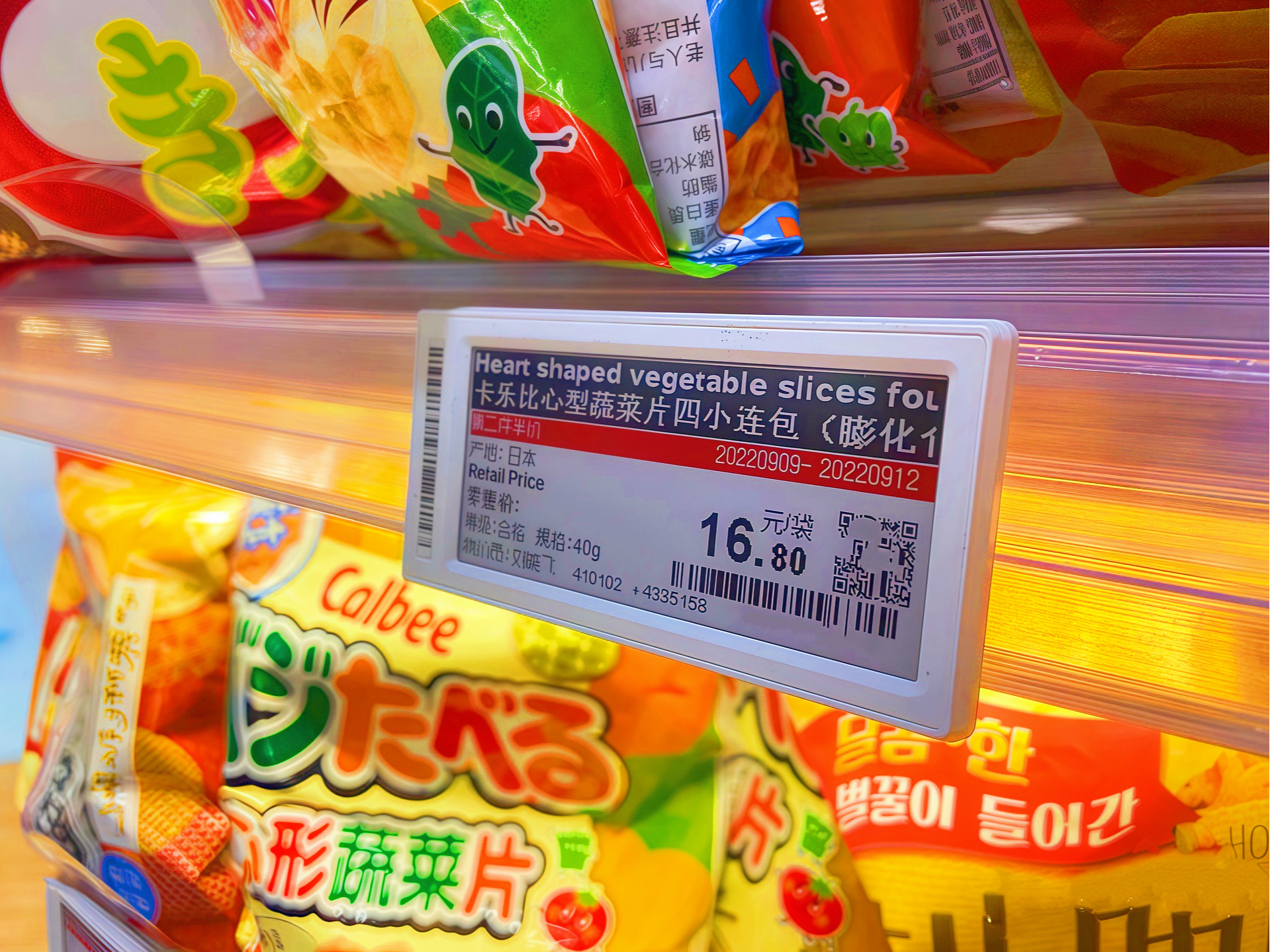supermarket digital price tags
Supermarket digital price tags represent a revolutionary advancement in retail technology, offering a seamless solution for price management and customer experience enhancement. These electronic shelf labels (ESLs) utilize e-paper technology, similar to e-readers, to display clear, easily readable pricing information and product details. The system operates through wireless communication, allowing centralized control and real-time updates across entire store networks. Each digital tag features a high-contrast display that ensures visibility under various lighting conditions, powered by long-lasting batteries that can operate for up to 5 years. The tags can display not only prices but also additional information such as product origin, nutritional facts, and promotional offers. Advanced models incorporate NFC technology and QR codes, enabling customers to access detailed product information through their smartphones. The infrastructure includes a central management system, wireless communication modules, and software that integrates with existing inventory and pricing systems. These tags can be programmed to display different languages, currencies, and units of measurement, making them particularly valuable for stores in diverse market areas or tourist locations.
